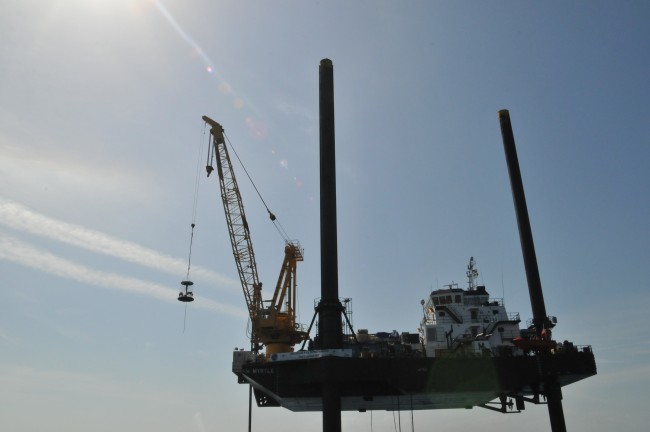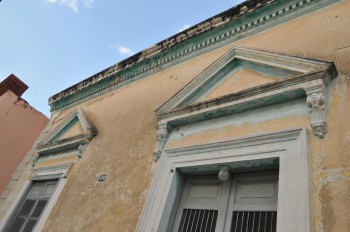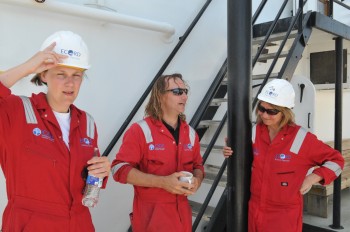Some Thoughts from Back Home
May 16, 2016

I returned to Austin, Texas on Saturday night. But I want to write one more post to sum up my thoughts on reporting from Mexico on the Chicxulub expedition.
First of all, I’m so glad I had the opportunity to report on the mission from the field.
Geoscientists know the importance of fieldwork for collecting data, and promoting conceptual understand. I feel the same way about reporting from the field. You get the best descriptions, quotes and understanding when you can see the place where a story is happening, and talk with sources on the spot.

I’m excited to start putting what I saw and learned while reporting from Merida and the L/B Myrtle together into a much longer, in-depth and descriptive story for the Jackson School’s annual magazine, Newsletter. Watch for it in November online (and for alumni, in your mailboxes)!
Secondly, I want to emphasize just how important the Chicxulub expedition is to science, and science engagement.
Understanding Chicxulub will help us understand how the age of dinosaurs came to an end and the age of mammals began. We humans owe our very existence to that miles-wide space rock that destroyed the dinosaurs (non-avian) and opened up ecological niches that let our rat-like ancestors thrive, diversify, and eventually evolve into the homo sapiens we are today.
This research will also help reveal what happens to planetary surfaces during and after a large impact. While plate tectonics is the dominant process for shaping the Earth’s surface, for most other planetary bodies with rock surfaces it’s impacts. So to understand how other worlds are built, we need to understand how impacts shape them.
The Chicxulub mission also shows the value of basic research in the geosciences on a large scale. The IODP (supported by the National Science Foundation) invested

$10 million dollars in the expedition, and 34 scientists from 11 countries signed on to the science party — with dozens of those working for months straight aboard the Myrtle. The international scientific community believes in the value of coring Chicxulub, and based on the constant stream of media from around the world on the research, the public wants to know what they find.
Finally, I want to thank everyone who made the trip possible, with a special thanks to project managers Claire Mellet and Alan Stevenson, both from the British Geological Survey. They not only organized my trip to the Myrtle, but the visits of dozens of journalists and communicators (including 29 in one day!). By doing so, they made sure that people around the world could follow this historic expedition.
Thanks for reading my blog posts from the field. To read them all from the beginning, check out the Jackson School’s main blog page.
